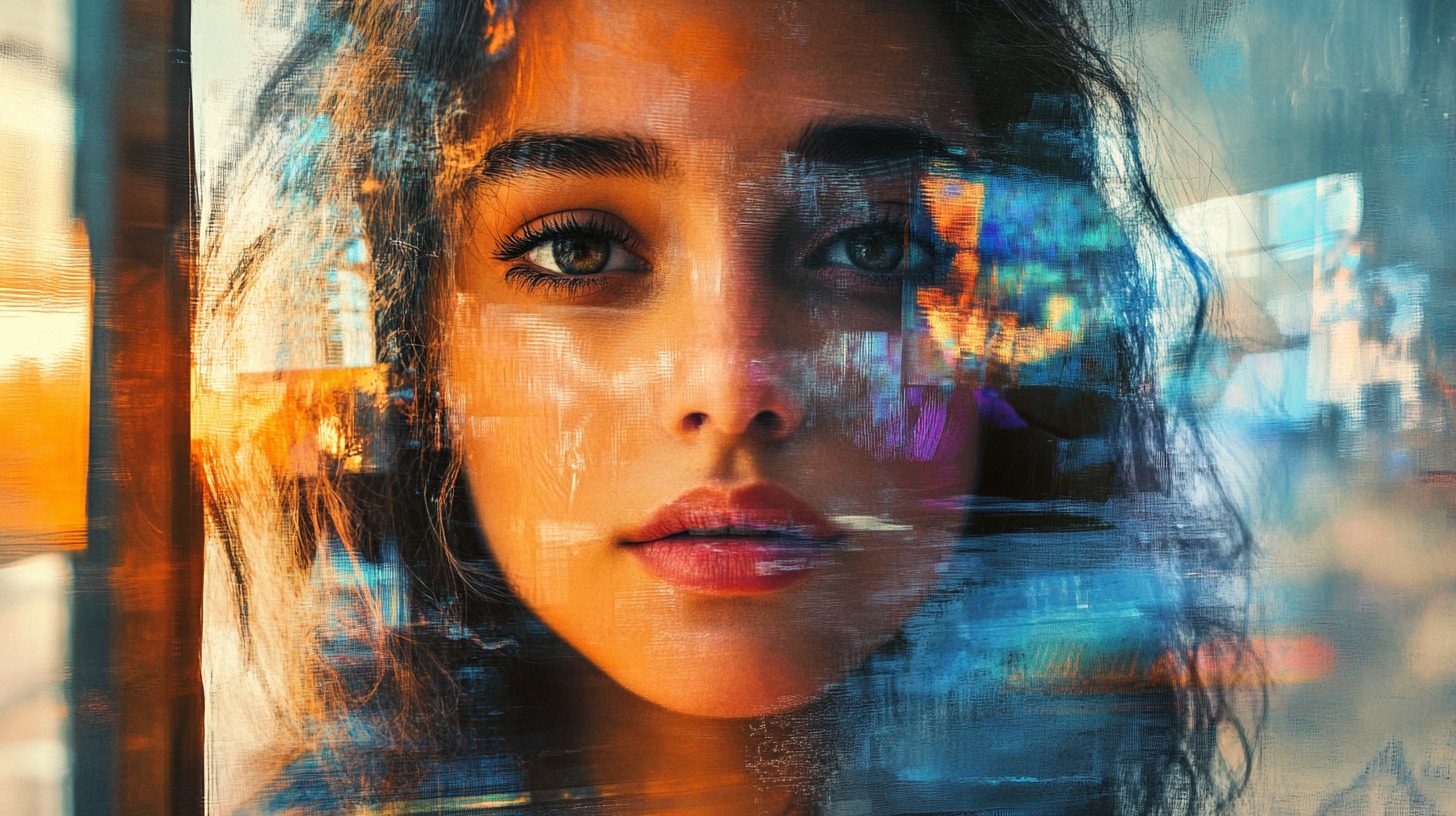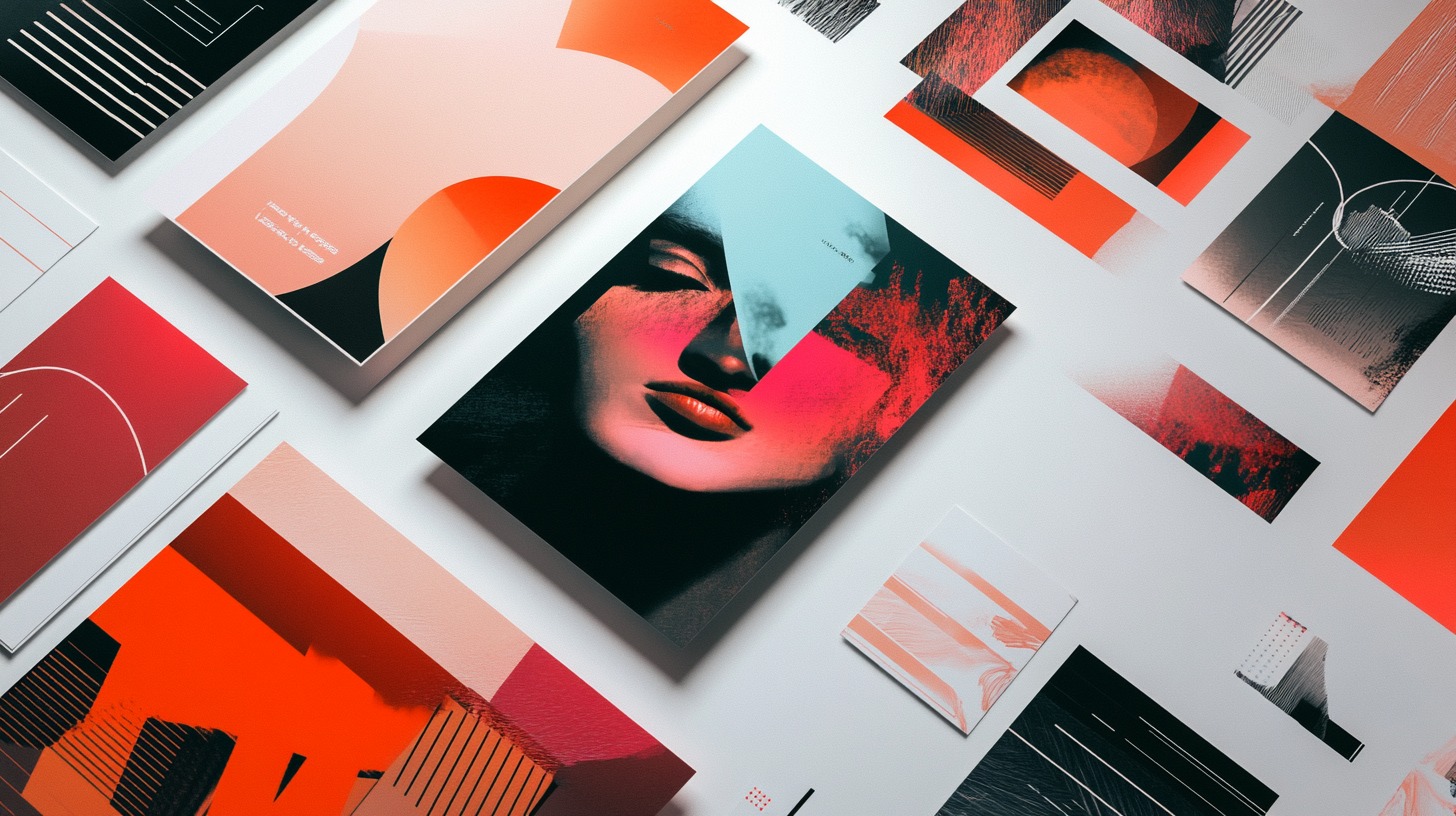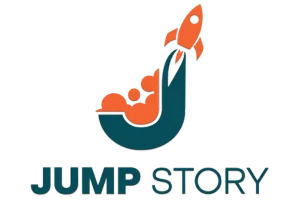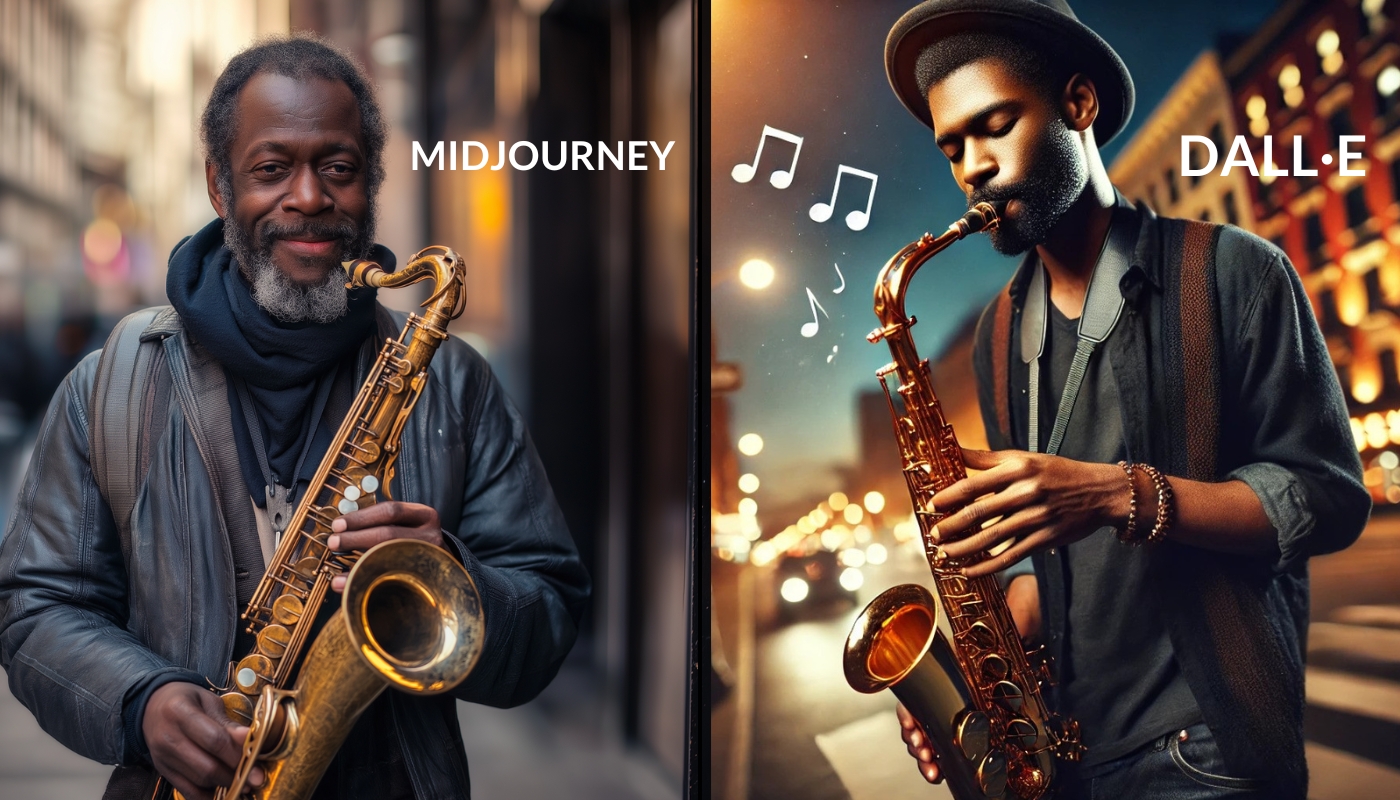AI-generated images have become an attractive option for businesses looking to create visuals quickly. Platforms like DALL·E and Midjourney have gained attention for their ability to generate high-quality graphics with minimal input.
However, while these tools offer convenience, they also introduce serious legal and ethical concerns. Businesses must weigh the risks before relying on AI-generated content for commercial use.
With all this in mind, let us talk about what are the things you should be careful about when it comes to DALL·E and Midjourney.
Copyright and Ownership Issues
AI-generated images have transformed how businesses and individuals create visual content. However, their legal status remains uncertain. They certainly look like more cost-effective solutions than images from websites like Unsplash.
Traditional copyright frameworks were designed to protect human creators, leaving AI-generated works, like those of DALL·E, in a gray area.
Companies looking to use these images for commercial purposes must consider ownership complexities, legal limitations, and the risk of unprotected visuals being replicated or misused.
The absence of clear legal guidelines presents challenges that should not be overlooked.
Lack of Copyright Protection
Copyright law has long been based on the principle that creative works require human authorship.
Since AI-generated images via tools like DALL·E and Midjourney lack direct human input in the creative process, they do not receive the same protections as works made by individuals or teams.
- In most jurisdictions, AI cannot be recognized as a creator. This means AI-generated images fall outside traditional copyright protections.
- Without copyright protection, others can freely modify, reproduce, or claim AI-generated content as their own.
- In some cases, AI-generated works may be treated as public domain, allowing unrestricted use. However, certain AI providers impose their terms, limiting how businesses can use the images.
- While some governments are debating policy changes, there is no universal standard on AI-generated content ownership. Businesses must track updates in copyright laws that could impact their ability to protect AI-generated visuals.
With these legal gaps, companies that integrate AI-generated images into branding, advertising, or product design may have little recourse if their content is copied or used without permission.
Who Owns AI-Generated Images?
Ownership of AI-generated visuals depends on the policies of the platform used to create them.
While businesses may assume they have full control over the images they generate, AI providers set terms that dictate rights and limitations.
| Policy Aspect | Midjourney | DALL·E |
|---|---|---|
| Commercial Use | Allowed paid users | Allowed under OpenAI’s terms |
| Exclusive Copyright | Not granted | Not explicitly granted |
| Image Similarity | Similar images can be generated by others | / |
| Legal Ownership | Unclear in legal disputes | Initially owned by OpenAI |
| Initial Ownership | / | OpenAI initially claimed ownership |
| Current Ownership Rights | / | Users now granted full rights |
| Policy Stability | Rules may change | Policies can change at any time |
Since AI platforms maintain control over their technology and databases, the rules surrounding ownership can shift without warning.
Businesses relying on AI-generated images should regularly review the terms of service to avoid unexpected restrictions on usage.
Commercial Use Risks
The use of AI-generated images in commercial settings presents a range of complications that businesses cannot afford to ignore.
While tools like DALL·E and Midjourney offer quick and cost-effective visual solutions, their limitations introduce significant risks.
The lack of exclusive rights, potential legal disputes, and copyright infringement concerns can undermine a company’s branding efforts and expose it to costly legal battles.
#Twitter is working on Community Notes for media in the tweets!
When you write a note about an image, it appears on all the tweets containing that image. pic.twitter.com/vK81Jg8WmX
— Nima Owji (@nima_owji) March 29, 2023
No Exclusive Rights to AI-Generated Images
AI platforms generate images based on user prompts, meaning multiple individuals can input similar descriptions and receive nearly identical results.
Since there is no system in place to prevent others from generating comparable visuals, businesses using AI-generated content risk losing distinctiveness in their branding efforts.
- Unlike traditionally designed content, AI-generated images cannot be trademarked or copyrighted in the same way, leaving businesses without legal protections.
- A competitor could easily generate a nearly identical image using similar prompts, making it difficult to establish a strong brand identity.
- If the same AI-generated image is widely used across different industries, it loses any value in helping a company stand out.

For businesses that rely on branding elements, AI-generated visuals can create more problems than solutions.
Without legal protection, enforcing intellectual property rights becomes virtually impossible, leading to a loss of control over branding materials.
Potential Legal Disputes
The legal framework surrounding AI-generated images remains unclear, creating uncertainty for businesses that use these visuals in commercial projects.
- Some jurisdictions recognize computer-generated works as copyrightable if a human plays a significant role in the creative process, while others do not extend such protections at all.
- Businesses using AI-generated images could face challenges from artists or companies claiming that the output closely resembles their original work.
- Legal battles over AI-generated content can be complex and costly, with no guarantee of a favorable outcome.
Without established legal guidelines, companies must consider the risks associated with using AI-generated images in commercial branding, advertising, or product development.
Relying on untested legal territory could result in complications that harm a business’s reputation and financial stability.
Risk of Copyright Infringement
AI models are trained on massive datasets, which may include copyrighted images.
As a result, generated content could inadvertently contain elements that resemble protected works, leading to potential copyright violations.
- Since AI pulls inspiration from existing material, there is a possibility that generated images may closely resemble copyrighted designs.
- If AI-generated visuals add elements of an existing copyrighted image, they could be considered unauthorized derivatives, making them subject to legal action.
- Businesses using AI-generated images in marketing or branding campaigns may receive copyright takedown notices, requiring them to remove the content or face legal consequences.
AI platforms do not provide legal guarantees against infringement claims, meaning businesses bear full responsibility for any copyright violations.
Before using AI-generated images, companies should conduct thorough reviews to ensure they do not unintentionally replicate existing copyrighted materials.
Ethical and Branding Considerations

As AI-generated content becomes more accessible, businesses are increasingly turning to platforms like DALL·E and Midjourney for branding materials.
While these tools offer speed and efficiency, they also introduce risks that can affect a company’s reputation, identity, and consumer trust.
Issues related to brand consistency, intellectual property enforcement, and ethical responsibility must be carefully examined before adding AI-generated visuals into a commercial strategy.
Branding Risks
A company’s visual identity plays a major role in recognition and customer loyalty.
AI-generated images present challenges in maintaining that identity, as they lack legal protections and can be easily replicated.
- AI-generated logos and branding materials cannot be copyrighted in the same way as traditionally designed images.
- Without ownership rights, companies have no legal grounds to prevent others from using similar AI-generated images.
- If multiple businesses unknowingly use similar AI-generated images, consumers may struggle to distinguish between brands.
- AI-generated branding elements may not always align with a company’s existing style or message.
Relying on AI-generated branding materials can result in a company losing control over its own image.
Since AI lacks creative intuition, businesses run the risk of having branding that feels generic, uninspired, or inconsistent.
AI tools like #Midjourney and #Dalle are making graphics accessible to a lot more folks on your team—which can be dangerous for brand integrity.
Here’s a handy primer for those new to social media graphics and want to support a consistent brand.https://t.co/BfwEqLQvob
— Stacey Schneider (@sparkystacey) July 20, 2023
Ethical Concerns
AI-generated content brings ethical questions that extend past ownership disputes. The way these tools generate images raises concerns about accuracy, bias, and fairness.
- AI tools are trained on vast datasets, which may contain biases related to race, gender, and cultural stereotypes.
- AI operates based on algorithms rather than intent.
- AI-generated images can be manipulated or misinterpreted in ways that spread false information.
- The rise of AI-generated visuals has sparked debates about the role of human creativity.
Another ethical concern is the potential loss of authenticity. Branding is about storytelling and connection.
If consumers perceive AI-generated materials as inauthentic or impersonal, a company may struggle to maintain trust and engagement.
Businesses should take these ethical and branding risks into account when deciding how AI-generated images fit into their marketing strategies.
A responsible approach involves balancing the benefits of AI with the need for originality, credibility, and ethical considerations.
Summary
AI-generated images provide an efficient way to produce visual content, but they come with risks that cannot be ignored.
Issues related to copyright, ownership, legal disputes, and ethical concerns make DALL·E and Midjourney complicated choices for commercial use.
Businesses must approach AI-generated visuals with caution, ensuring they fully grasp the potential consequences before integrating them into their operations.

